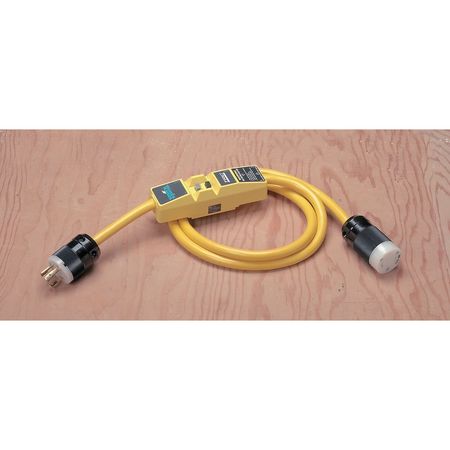OK since this is the thread I read for all my tips/tricks, here is my dilemma...I am not enjoying my system and need convincing to stick with what I paid a good amount of money on and not invest more money to change directions. I enjoyed brewing more on my gas fired 3V keggle setup, maybe I am losing my passion of the hobby?? I have the 20gallon nano from ~3 years ago.
- Main gripe has been reticulation issues during the mash (pump flow too fast) and burning up elements. At least 4 so far. Completely my fault, but babysitting the system has led me to going back to a cooler MT my last couple brew sessions.
- I run a motorized JSP maltmill and I believe the crush is at 0.032", never use rice hulls (our HBS is awful), rarely use wheat or oats. I do not think I am pulverizing the grain creating more issues. I don't think with this system you need to destroy grain to get efficiency.
- That is my next issue, temp control during the mash. With the probe next to the element the grain bed is no where near the same, so you need to set the PID to say 157 if you want a mash temp in the center of your mash to be 152.
- Basket is a the solid side, mesh bottom, not 100% mesh. I have mixed feelings on this design. Solid sides mean the wort travels through the entire grain bed which in theory should be better for temp and efficiency. I think this takes a long time for the wort to make it's way back to the bottom so the pump has to be throttled back quite a bit. Mesh sides would allow wort to move faster, preventing element starving, but may not be as efficient. Just a theory.
- PID temp setting never matches my thermopen just using water. I have done autotune, set +/- swings to try to account for things and that bugs the heck out of me. This is my first ever PID experience.
- The hoist and structure make it difficult to have a nice exhaust hood. My kettle is on a table roughly 18" off the floor on a table and my ceilings are only 8' tall. Placing the stand on the floor with a hood above it would solve this issue, but I do not want my kettle sitting on the floor. It may be my only real solution, just hate having a kettle on the floor.
- I do a mix of 5 and 10 gallon batches and find doing a 10 gallon batch the issues seem even more apparent. Also the limit of ~1.055 for a 10 gallon is a bit disappointing when I want to do a nice split batch of something a with a bit more pep than 5%.
- With that huge 1" pickup tube are you folks angling it to not pick up as much trub and hop? The absence of a whirpool (aside form using the mash recirc setup with some silicone tubing) bugs me also. I have bagged my hops since getting this system to keep as much gunk out of the fermenter as possible. I think that hurts hop utilization. I chill with a CFC chiller so a nice whilpool setup would be great to get debris centered, let it settle a bit before pumping through the chiller.
I am contemplating tapping into my gas line and running a separate BK off a burner (several friends have went this route while keeping an electric mash), cooler for a MT and my $$$ CBS as a HLT. Seems silly to consider this while I am typing it out.
This weekend maybe I will clean the system, try calibrating the PID better and maybe removing it from the table and setting it on the floor to utilize the hoist and keep my vent hood. I need to find a happy place with my brewery again.













































![Craft A Brew - Safale S-04 Dry Yeast - Fermentis - English Ale Dry Yeast - For English and American Ales and Hard Apple Ciders - Ingredients for Home Brewing - Beer Making Supplies - [1 Pack]](https://m.media-amazon.com/images/I/41fVGNh6JfL._SL500_.jpg)















